
In the small garden, climbers don’t take up too much space, but they more than earn their place by coating walls, buildings and fences in colour, scent and foliage. Compact climbers will clamber up posts, obelisks and archways, and more ambitious candidates can be used to clad garages, sheds and the sides of the house.
The dense cover provided by evergreen climbers such as star jasmine and ivy provides safe nesting sites for birds, who will appreciate the cool, leafy shade. In fact, a nesting box positioned in the middle of a climber is ideal for blue tits. Clear the climber in front of the box so the birds have a direct flight line to the entrance hole and you will can enjoy a ringside seat for their comings and goings. Ensure the box is out of direct sun in the heat of the day to keep the birds cool.
Twice the appeal
Some wall shrubs and climbers are doubly important for wildlife – providing food for birds in autumn and nectar for bees and hoverflies earlier in the year. Firethorn (Pyracantha) is buzzing with bees in May and June when it’s a cloud​ of blossom, then frequented by birds when it’s covered in colourful berries during the cold months. Likewise, the hips of rambling roses feed hungry birds during autumn, while their summer flowers lure bees and hoverflies.
Denne historien er fra March 14, 2020-utgaven av Amateur Gardening.
Start din 7-dagers gratis prøveperiode på Magzter GOLD for å få tilgang til tusenvis av utvalgte premiumhistorier og 9000+ magasiner og aviser.
Allerede abonnent ? Logg på
Denne historien er fra March 14, 2020-utgaven av Amateur Gardening.
Start din 7-dagers gratis prøveperiode på Magzter GOLD for å få tilgang til tusenvis av utvalgte premiumhistorier og 9000+ magasiner og aviser.
Allerede abonnent? Logg på

To dig or not to dig?
Should we be carrying out a full dig on plots now? Bob considers the pros and cons of the 'autumn dig' debate

The box ball blues
As if his beleaguered box hadn't already taken a beating, Toby now has to deal with some hungry box caterpillars

Save your own seeds
Masterclass on: seed saving
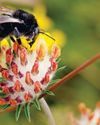
Strange sightings
Three unusual insects turn up in Val's garden in one day

A bolt from the blue!
Cornflowers are perfect for garden and vase
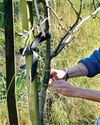
Winter moth prevention
Ruth shows you how to avoid maggoty tree fruits
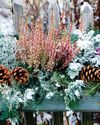
Create a winter container
There are as many options as in summer
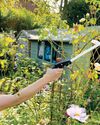
Lightweight gardening tools
AS well as being good for our mental health, gardening is also great exercise.

Autumn price round-up
AG finds better bargains in lesser-known brands
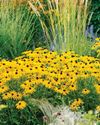
Rudbeckias
Rudbeckias are ideal for sunny summer patios and borders, with some able to survive our coldest winters